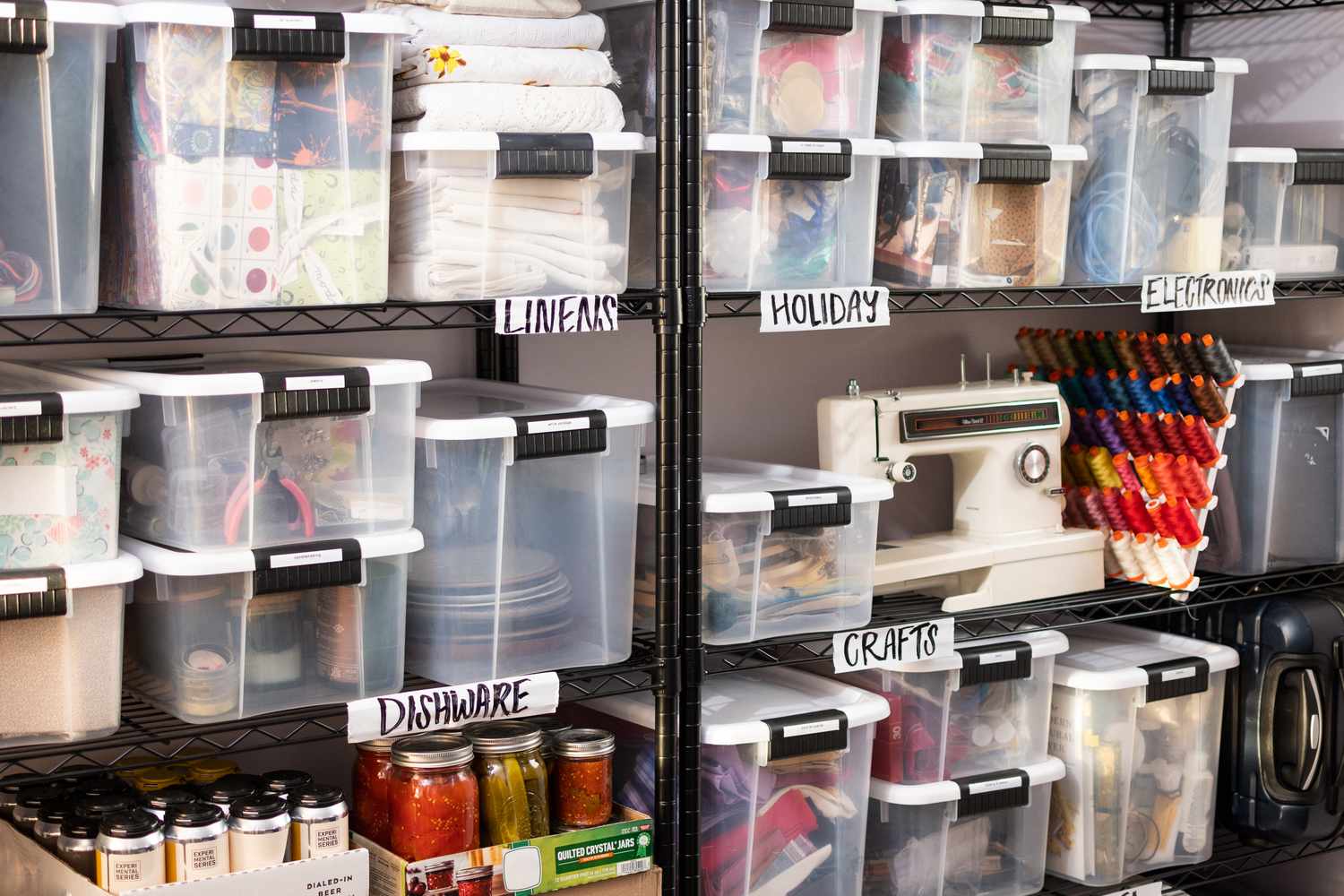

Articles
How To Store Things In A Damp Basement
Modified: October 20, 2024
Learn the best techniques for storing articles in a damp basement to prevent damage and ensure their longevity. Find out how to protect your belongings and keep them safe.
(Many of the links in this article redirect to a specific reviewed product. Your purchase of these products through affiliate links helps to generate commission for Storables.com, at no extra cost. Learn more)
Introduction
Storing items in a damp basement can be a challenging task. The excess moisture in the air can lead to mold, mildew, and damage to your belongings. However, with the right strategies and techniques, you can effectively store your items in a damp basement while keeping them safe and protected.
In this article, we will guide you through the process of storing things in a damp basement. We will explore various factors to consider, such as assessing the basement, dehumidification, waterproofing solutions, organizing and storing items, and sealing and protecting items. By following these steps, you can create a functional and secure storage space in your damp basement.
So, let’s dive in and learn how to make the most of your basement storage area!
Key Takeaways:
- Create a functional and secure storage space in your damp basement by assessing conditions, implementing dehumidification techniques, and utilizing waterproofing solutions. Proper organization and regular maintenance are key to protecting your belongings.
- Utilize shelving units, plastic storage boxes, and hanging storage to maximize space and keep items safe in a damp basement. Sealing and protecting items, along with regular inspections and maintenance, are essential for long-term preservation.
Read more: How To Store Books In A Damp Basement
Assessing the Basement
The first step in storing things in a damp basement is to assess the conditions of the space. This will help you determine the extent of the moisture problem and identify any areas that require immediate attention.
Start by inspecting the walls, floors, and ceiling for any signs of water damage, such as damp spots, discoloration, or peeling paint. Look for cracks or gaps where water might be seeping in. It’s also important to check for any musty odors, as this could indicate the presence of mold or mildew.
Next, measure the humidity level in the basement using a hygrometer. Ideally, the humidity should be below 50% to prevent mold growth. If the humidity level is higher, you will need to implement dehumidification techniques, which we will discuss in the next section.
Additionally, consider the layout and ventilation of the basement. Ensure that there is proper airflow to prevent stagnant air and moisture buildup. If necessary, install fans or vents to improve ventilation.
Lastly, evaluate the location of the basement within your home. Is it prone to flooding or water leaks? If so, it’s important to address these issues before storing any items. Consider installing a sump pump or waterproofing system to protect your belongings from potential water damage.
By thoroughly assessing your basement, you’ll have a better understanding of its condition and can take appropriate measures to create a suitable storage environment.
Dehumidification
Dehumidification plays a crucial role in maintaining a dry and moisture-free environment in a damp basement. By reducing the humidity level, you can prevent mold growth and protect your stored items.
One of the most effective ways to dehumidify a basement is to use a dehumidifier. These devices are designed to extract moisture from the air, thereby lowering the humidity level. When selecting a dehumidifier, consider the size of your basement and choose a model that can handle the square footage. Place the dehumidifier in a central location for maximum effectiveness.
Regularly check the dehumidifier’s water collection tank and empty it as needed. Some dehumidifiers also have a drainage option, allowing you to connect a hose for continuous draining.
In addition to using a dehumidifier, consider implementing other moisture-reducing techniques. Install moisture barriers on the basement walls and floors to prevent moisture from seeping in. Use a waterproof paint or sealant on the walls to create an additional layer of protection. Insulate water pipes to prevent condensation.
Another helpful tip is to ensure proper ventilation. Open windows or use fans to enhance airflow in the basement. This will help to circulate air and reduce moisture accumulation.
Regularly monitor the humidity level in your basement using a hygrometer. Aim to keep it below 50% to prevent mold growth. If necessary, adjust the settings on your dehumidifier or add additional moisture-reducing measures as needed.
By implementing dehumidification techniques, you can create a dry and comfortable environment in your basement, ensuring the protection of your stored items.
Waterproofing Solutions
When storing items in a damp basement, it is essential to address any water intrusion issues to prevent water damage. Waterproofing your basement can help create a watertight and moisture-free environment. Here are some waterproofing solutions to consider:
1. Exterior Waterproofing: This involves applying a waterproof membrane or coating to the exterior walls of your basement. It acts as a barrier, preventing water from seeping through the walls. Additionally, ensure that the basement’s exterior grading slopes away from the foundation to divert water away from the building.
2. Interior Waterproofing: If exterior waterproofing is not feasible or sufficient, consider interior waterproofing options. This may include installing a water drainage system along the perimeter of the basement or applying a waterproof sealant to the interior walls.
3. French Drains: A French drain is a trench filled with gravel or a perforated pipe that collects and redirects water away from the basement. It can be installed around the perimeter of the basement or in areas prone to water accumulation.
4. Sump Pump: A sump pump is an essential component of basement waterproofing. It collects water that has accumulated in a sump basin and pumps it away from the basement. This helps prevent flooding and water damage.
5. Gutters and Downspouts: Ensure that your gutters and downspouts are in good condition and directing water away from the foundation. Properly functioning gutters can help prevent water from pooling around the basement walls.
6. Epoxy or Sealant for Floors: Applying an epoxy coating or sealant to the basement floor can help prevent moisture from seeping through the concrete. It forms a protective barrier, keeping the floor dry and reducing the risk of water damage.
Each basement is unique, so it’s important to assess your specific needs and consult with a professional if necessary. By investing in waterproofing solutions, you can create a dry and secure environment for storing your items in a damp basement.
Organizing and Storing Items
Proper organization is key when it comes to storing items in a damp basement. By taking a systematic approach and utilizing the available space effectively, you can maximize storage capacity and keep your belongings safe and accessible. Here are some tips for organizing and storing items in a damp basement:
1. Categorize and Label: Sort your items into categories, such as seasonal decorations, sporting equipment, or sentimental items. Use sturdy storage containers and label them clearly to make it easier to find what you need later.
2. Elevated Storage: Keep your items off the floor to protect them from potential water damage. Use shelving units, pallets, or raised platforms to elevate boxes and containers. This can also help prevent moisture from seeping into your stored items.
3. Utilize Vertical Space: Make use of the vertical space in your basement by installing shelves or hanging storage systems. This can help maximize storage capacity and keep items organized and easily accessible.
4. Group Similar Items: Store similar items together to create a more organized and efficient system. For example, keep all your tools in one area, or dedicate a section for holiday decorations. This will make it easier to find and retrieve specific items when needed.
5. Consider Climate-Controlled Storage: If you have valuable or sensitive items that are susceptible to moisture damage, consider investing in a climate-controlled storage unit. These units regulate temperature and humidity, providing optimal conditions for preserving delicate items.
6. Prioritize Access: Consider the frequency of use when storing your items. Keep frequently accessed items within easy reach, while less frequently used items can be stored in less accessible areas. This will save you time and effort when retrieving items.
7. Group Fragile Items Together: If you have delicate or fragile items, store them separately in padded boxes or protective packaging. Place them in an area where they are less likely to be disturbed or accidentally knocked over.
By following these organizational strategies, you can create a well-structured and efficient storage system in your damp basement. This will not only protect your belongings but also make it easier to find and retrieve items whenever needed.
Read more: How To Store Furniture In Basement
Using Shelving Units
Shelving units are an excellent storage solution for organizing items in a damp basement. They provide vertical storage space, allowing you to make the most of the available area. Here are some tips for using shelving units effectively:
1. Choose Sturdy and Waterproof Shelving: Invest in sturdy and waterproof shelving units that can withstand the damp conditions of your basement. Look for shelving made from materials such as plastic, metal, or treated wood, as they are more resistant to moisture and less likely to warp or deteriorate.
2. Adjustable Shelving: Opt for adjustable shelving units that can be customized to fit various sizes of items. This flexibility allows you to accommodate items of different heights and widths, maximizing the storage space available.
3. Use Plastic Bins or Containers: Place items on the shelves in plastic bins or containers to provide an additional layer of protection against moisture. Ensure that the containers have secure lids to keep out dust and humidity. Label each container to easily identify its contents.
4. Group Similar Items: Organize your shelving units by grouping similar items together. This will make it easier to find what you need and maintain an organized system. For example, have dedicated shelves for tools, gardening supplies, or holiday decorations.
5. Utilize Vertical Space: Take advantage of the height of your basement by utilizing the vertical space on your shelving units. Add additional shelves if needed or use stacking bins to make the most of the available space.
6. Install Organizational Accessories: Consider adding hooks, baskets, or dividers to your shelving units to improve organization. Hooks can be used to hang tools or equipment, while baskets can hold smaller items that may otherwise get lost or clutter the shelves.
7. Leave Space for Air Circulation: When arranging items on the shelves, leave space between them to allow for air circulation. Adequate airflow helps prevent moisture buildup and reduces the risk of mold and mildew formation.
Remember to regularly assess the stability and condition of your shelving units. Check for any signs of damage or deterioration and make any necessary repairs or replacements to ensure the safety and security of your stored items.
By implementing these tips, you can effectively utilize shelving units to organize and store items in your damp basement. This will help you maximize storage space while keeping your belongings safe and easily accessible.
Use plastic storage bins with tight-fitting lids to keep items in a damp basement. This will help protect your belongings from moisture and potential damage.
Plastic Storage Boxes
Plastic storage boxes are practical and versatile containers that can help you store and protect your belongings in a damp basement. They are an excellent choice for organizing items and keeping them safe from moisture damage. Here are some benefits and tips for using plastic storage boxes:
1. Waterproof and Durable: Plastic storage boxes are designed to be waterproof, making them ideal for damp basement conditions. They are made from sturdy materials that can withstand moisture without warping or deteriorating. Look for boxes with tight-fitting lids to ensure a secure seal.
2. Clear or Labeled: Opt for clear plastic storage boxes or label them with the contents inside. This makes it easier to locate specific items without having to open every box. Clear boxes also allow you to see the condition of the items inside without having to open the container.
3. Stackable Design: Many plastic storage boxes are designed to be stackable, allowing you to maximize vertical space in your basement. This efficient use of space helps create a more organized storage system and makes it easier to access items when needed.
4. Sizes and Compartments: Plastic storage boxes come in various sizes, so you can choose the ones that best fit your storage needs. Consider getting boxes with compartments or dividers to further organize and separate smaller items within the box.
5. Protection Against Mold and Pests: Plastic storage boxes provide an additional layer of protection against mold, mildew, and pests. By sealing the items inside the boxes, you reduce their exposure to moisture and potential damage from pests such as rodents or insects.
6. Easy to Clean: Plastic storage boxes are easy to clean, which is essential for maintaining a clean and hygienic storage space. You can simply wipe them down with a damp cloth or wash them with mild soap and water if needed.
7. Consider Weight and Handling: When packing items into plastic storage boxes, be mindful of their weight. Avoid overpacking boxes, as this can make them too heavy and difficult to handle. Distribute the weight evenly and use proper lifting techniques when moving the boxes.
8. Regular Inspections: Periodically inspect your plastic storage boxes for any signs of damage or wear. Replace any cracked or broken boxes to ensure the continued protection of your stored items.
Plastic storage boxes are an affordable and practical solution for organizing and protecting items in a damp basement. By utilizing these boxes, you can create a more efficient and secure storage system that keeps your belongings safe and easily accessible.
Utilizing Hooks and Hanging Storage
Hooks and hanging storage are valuable strategies for maximizing space and keeping items organized in a damp basement. By utilizing vertical space, you can effectively store and access various items. Here are some tips for utilizing hooks and hanging storage:
1. Choose Strong and Durable Hooks: Invest in strong and durable hooks that can support the weight of the items you plan to hang. Look for hooks made from materials such as metal or heavy-duty plastic that are resistant to rust and corrosion.
2. Utilize Wall Space: Install hooks on the walls to take advantage of unused vertical space. This can be especially helpful for hanging tools, gardening equipment, or bicycles. Make sure to securely anchor the hooks to ensure they can support the weight of the items.
3. Use Hanging Rails or Pegboards: Install hanging rails or pegboards on the walls to create a versatile and customizable storage solution. Use hooks or pegs to hang small hand tools, extension cords, or other frequently used items. This will keep them easily accessible while preserving valuable floor space.
4. Hang Shelves or Baskets: Consider hanging shelves or baskets from the ceiling or wall to provide additional storage options. These can be used to store lightweight items such as hand towels, cleaning supplies, or smaller gardening tools.
5. Properly Organize Hanging Items: When hanging items, make sure to organize them in a logical and systematic manner. Group similar items together, such as hanging all the gardening tools in one area or keeping the cleaning supplies separate from other items. This will make it easier to find and retrieve what you need.
6. Check Weight Limits: Ensure that the hooks and hanging storage you choose can support the weight of the items you plan to hang. Overloading hooks or shelves can damage them and pose a safety risk.
7. Utilize Overhead Storage: If you have high ceilings in your basement, consider utilizing overhead storage. Install sturdy platforms or racks on the ceiling to store infrequently used items or seasonal decorations. Be sure to secure the items properly to prevent them from falling.
8. Keep Safety in Mind: Avoid hanging heavy items above areas where people frequently walk or spend time. This minimizes the risk of accidents caused by items falling or being knocked over.
By utilizing hooks and hanging storage, you can effectively maximize vertical space in your damp basement. This allows for a more organized storage system and keeps frequently used items easily accessible while ensuring proper utilization of the available space.
Sealing and Protecting Items
When storing items in a damp basement, it’s essential to properly seal and protect them from moisture and potential damage. By taking the necessary precautions, you can ensure that your belongings remain safe and in good condition. Here are some tips for sealing and protecting items:
1. Use Airtight Containers: Place items in airtight plastic containers to create a barrier against moisture. Look for containers with a secure locking mechanism and a rubber gasket seal to prevent water and air infiltration. This is especially important for items that are sensitive to moisture, such as clothing, documents, or electronics.
2. Consider Desiccant Packs: Include desiccant packs or silica gel packets inside the containers to absorb any excess moisture. These packs help maintain a dry environment and prevent condensation that could lead to damage or mold growth.
3. Wrap Fragile Items: For fragile items such as glassware or ceramics, wrap them in bubble wrap or tissue paper before placing them in storage containers. This provides an extra layer of protection against potential impact or contact damage.
4. Seal Gaps and Cracks: Inspect the walls, floors, and windows in your basement for any gaps or cracks that may allow water or moisture to enter. Seal these openings using caulk or waterproof sealant to create a more watertight environment.
5. Consider Vacuum Packing: Vacuum pack clothes, linens, or other fabric items to remove as much air as possible. This reduces the risk of moisture getting trapped and helps maintain the integrity of the items.
6. Elevate Items: Store items on shelving units or raised platforms to protect them from potential water damage, especially if your basement is prone to flooding. Keeping items off the floor can prevent them from coming into direct contact with dampness.
7. Regularly Inspect and Maintain: Regularly inspect stored items for any signs of moisture, mold, or pests. Perform routine maintenance, such as checking for leaks or condensation, and addressing any issues promptly to prevent further damage.
8. Temperature and Humidity Control: Maintain a relatively stable temperature and low humidity level in the basement. Avoid drastic temperature fluctuations, as they can create condensation. Utilize dehumidifiers and HVAC systems to regulate humidity levels and prevent moisture buildup.
By taking these steps to seal and protect your items, you can significantly reduce the risk of moisture damage and ensure their long-term preservation. Remember to periodically check on your stored items and make adjustments as necessary to maintain their condition.
Read more: How To Store Clothes In Basement
Regular Inspections and Maintenance
Regular inspections and maintenance are crucial for ensuring the longevity and safety of items stored in a damp basement. By implementing a routine maintenance schedule, you can identify and address any issues promptly, preventing further damage. Here are some key aspects to consider when conducting regular inspections and maintenance:
1. Check for Leaks and Water Damage: Inspect the walls, floors, and ceilings for any signs of water intrusion, such as damp spots, discoloration, or peeling paint. Look for leaks from pipes, windows, or cracks in the foundation. Address any water-related issues immediately to prevent further damage and mold growth.
2. Inspect for Pest Infestation: Regularly check for signs of pests, such as rodents, insects, or termites. Look for droppings, chewed packaging, or damage to stored items. If you notice any signs of infestation, take appropriate measures to eradicate pests and prevent future occurrences.
3. Test and Maintain Dehumidifiers: If you’re using a dehumidifier in your basement, test its functionality regularly. Clean or replace filters as recommended by the manufacturer to optimize its performance. Empty the water collection tank regularly to prevent overflow and leakage.
4. Monitor Humidity Levels: Use a hygrometer to monitor the humidity levels in your basement. Ideally, the humidity should be below 50% to prevent mold and mildew growth. If the humidity levels are consistently high, investigate the cause and take corrective measures, such as adjusting your dehumidifier settings or improving ventilation.
5. Inspect Storage Containers: Regularly inspect plastic storage containers for any signs of damage, wear, or weakness. Replace damaged containers to ensure the protection of your stored items. Check the integrity of lids or seals to confirm they are still airtight.
6. Dust and Clean the Area: Dust and clean the basement regularly to prevent the buildup of dust, dirt, and potential allergens. Pay attention to corners, shelves, and other hard-to-reach areas. Use a vacuum cleaner or a damp cloth to ensure a thorough cleaning.
7. Reorganize and Declutter: Periodically reassess your stored items and reorganize as needed. Remove any unnecessary or unwanted items to create more space and improve accessibility. This helps maintain an organized storage system and prevents overcrowding.
8. Inspect Shelving Units and Hooks: Check the stability and condition of shelving units and hooks. Look for any signs of damage, such as loose screws or unstable structures. Make necessary repairs or replacements to ensure the safety of your stored items.
Regular inspections and maintenance are essential for preserving the integrity of your stored items and ensuring a safe and organized basement storage space. By staying proactive and addressing any issues promptly, you can enjoy peace of mind knowing that your belongings are well taken care of in a damp basement environment.
Conclusion
Storing items in a damp basement can present challenges, but with the right strategies, you can create a functional and safe storage space. By following the steps outlined in this article, you can effectively store and protect your belongings in a damp basement while mitigating the risks of moisture damage.
Assessing the conditions of your basement is the first crucial step. Identify any signs of water intrusion, measure the humidity level, and evaluate the layout and ventilation of the space. Address any issues, such as leaks or poor airflow, to create a more favorable environment for storage.
Incorporating dehumidification techniques, such as using a dehumidifier and enhancing ventilation, is essential for reducing excess moisture in the air. This helps prevent mold growth and protects your stored items.
Implementing waterproofing solutions, including exterior and interior waterproofing, French drains, and sump pumps, can safeguard your basement against water intrusion. This significantly reduces the risk of water damage to your stored items.
Organizing and utilizing storage solutions like shelving units, plastic storage boxes, and hanging storage maximize your available space. Categorizing items, utilizing vertical space, and properly labeling containers make it easier to locate and retrieve items when needed.
Sealing and protecting items is crucial for preserving their condition. Using airtight containers, adding desiccant packs, and properly wrapping fragile items help prevent moisture damage. Regular inspections and maintenance are essential for identifying and addressing any issues promptly, ensuring the longevity and safety of your stored items.
In conclusion, while storing items in a damp basement may require extra effort and precautions, it is certainly possible to create a suitable environment for storage. By following the guidelines provided in this article, you can minimize the risks of moisture damage and maintain a well-organized and functional storage space in your damp basement.
Now that you've got the hang of safeguarding your valuables in a damp environment, why stop there? Dive deeper into optimizing space with our insightful guide on basement storage. Discover innovative and effective ways to arrange your basement creatively and efficiently. Whether you're dealing with seasonal gear, keepsakes, or everyday items, this article is your next step toward a clutter-free and well-maintained space. Don't miss out on transforming your basement into an organized haven.
Frequently Asked Questions about How To Store Things In A Damp Basement
Was this page helpful?
At Storables.com, we guarantee accurate and reliable information. Our content, validated by Expert Board Contributors, is crafted following stringent Editorial Policies. We're committed to providing you with well-researched, expert-backed insights for all your informational needs.

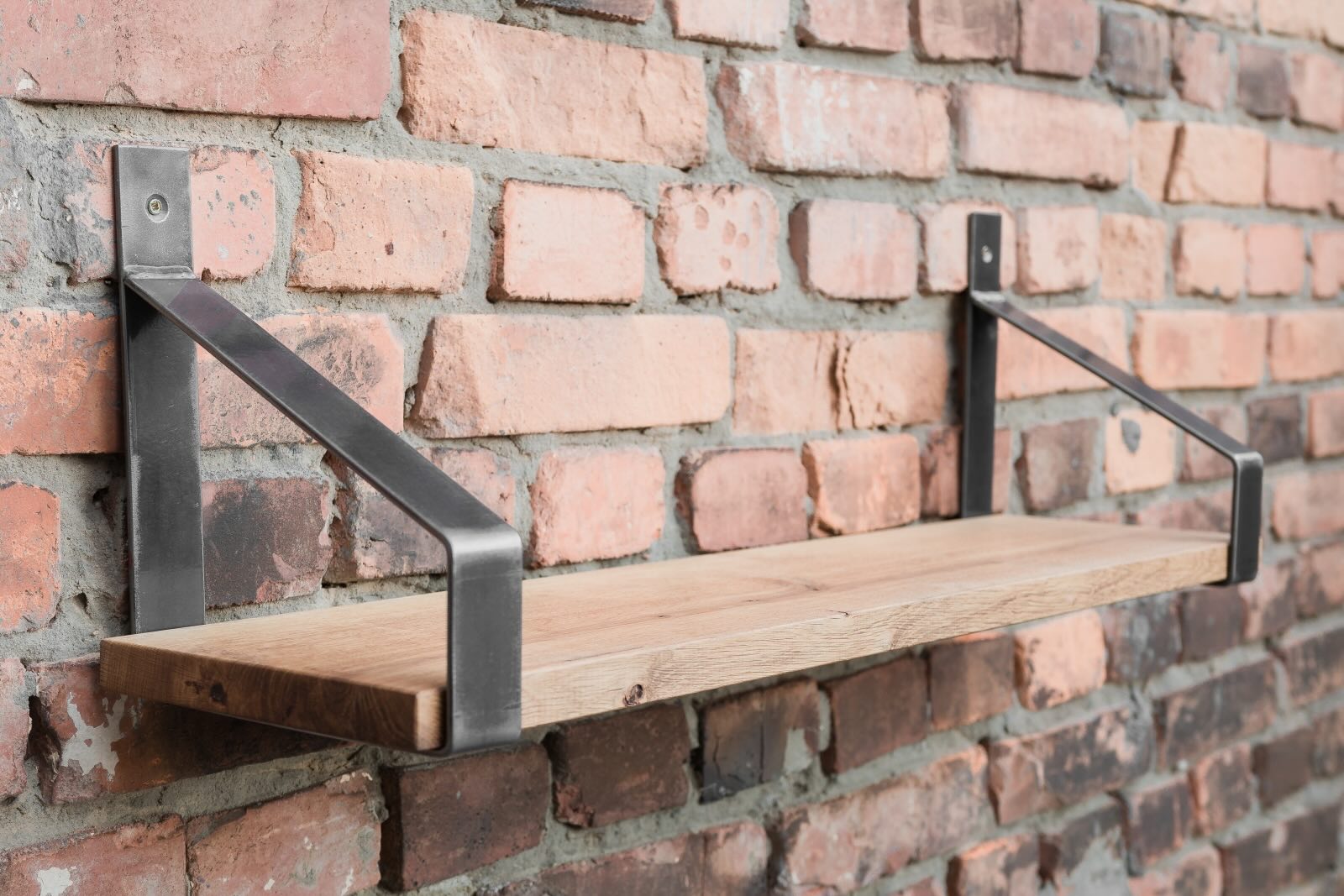
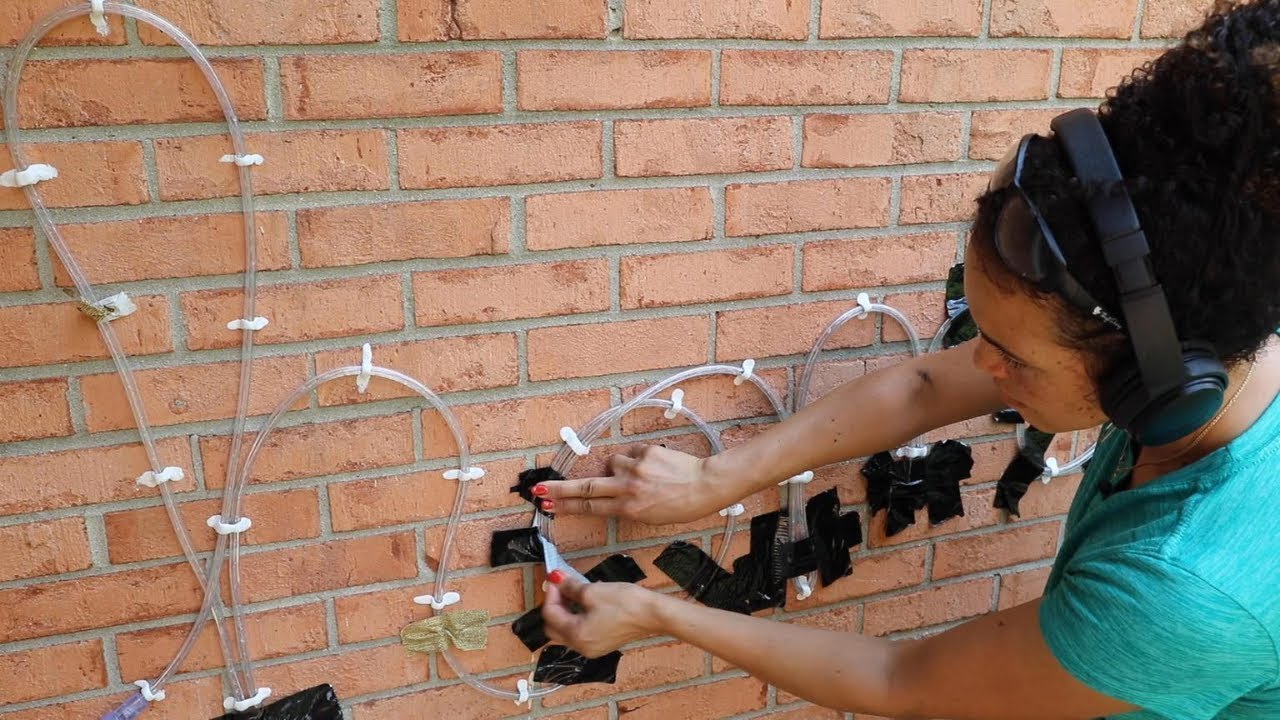
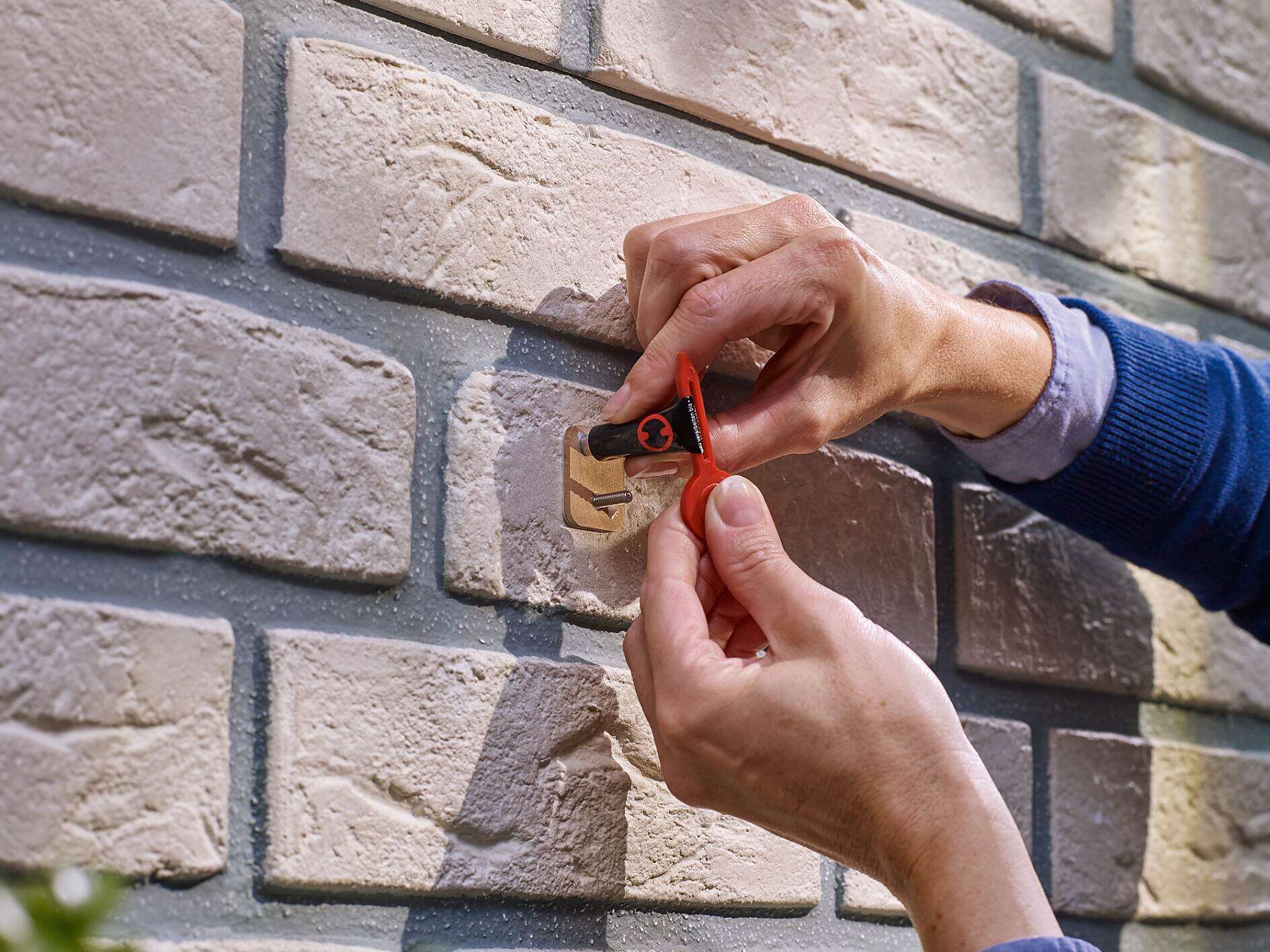

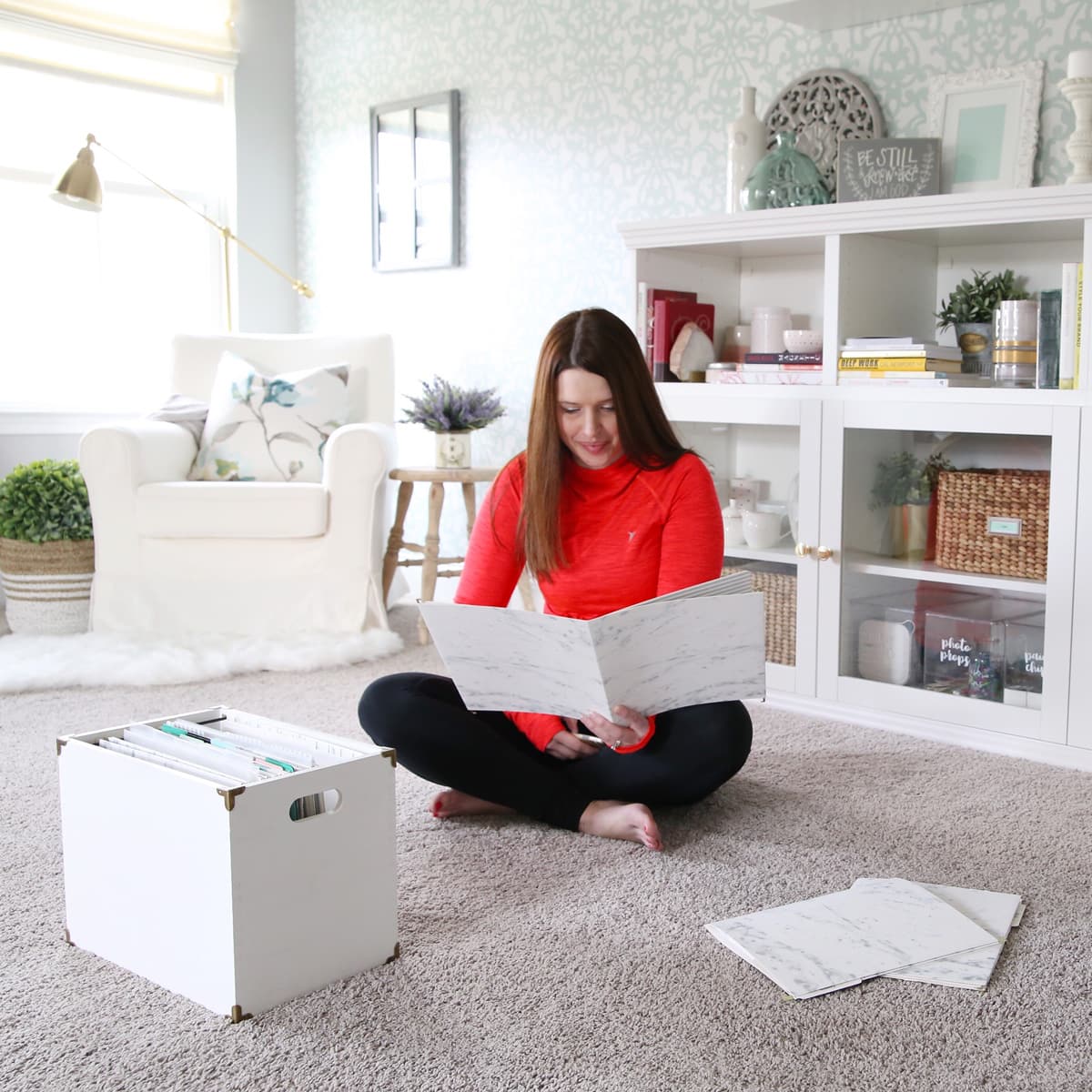
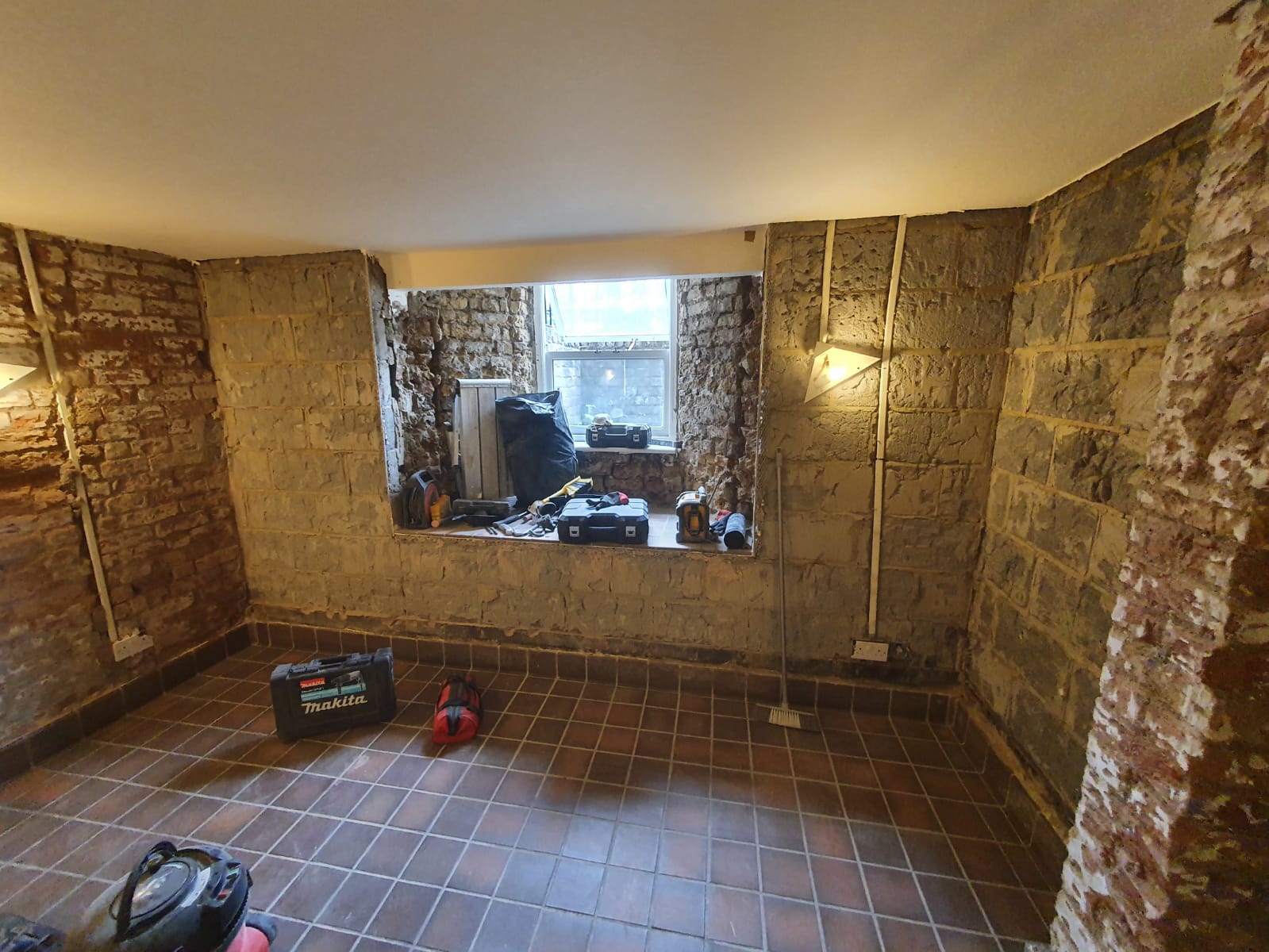

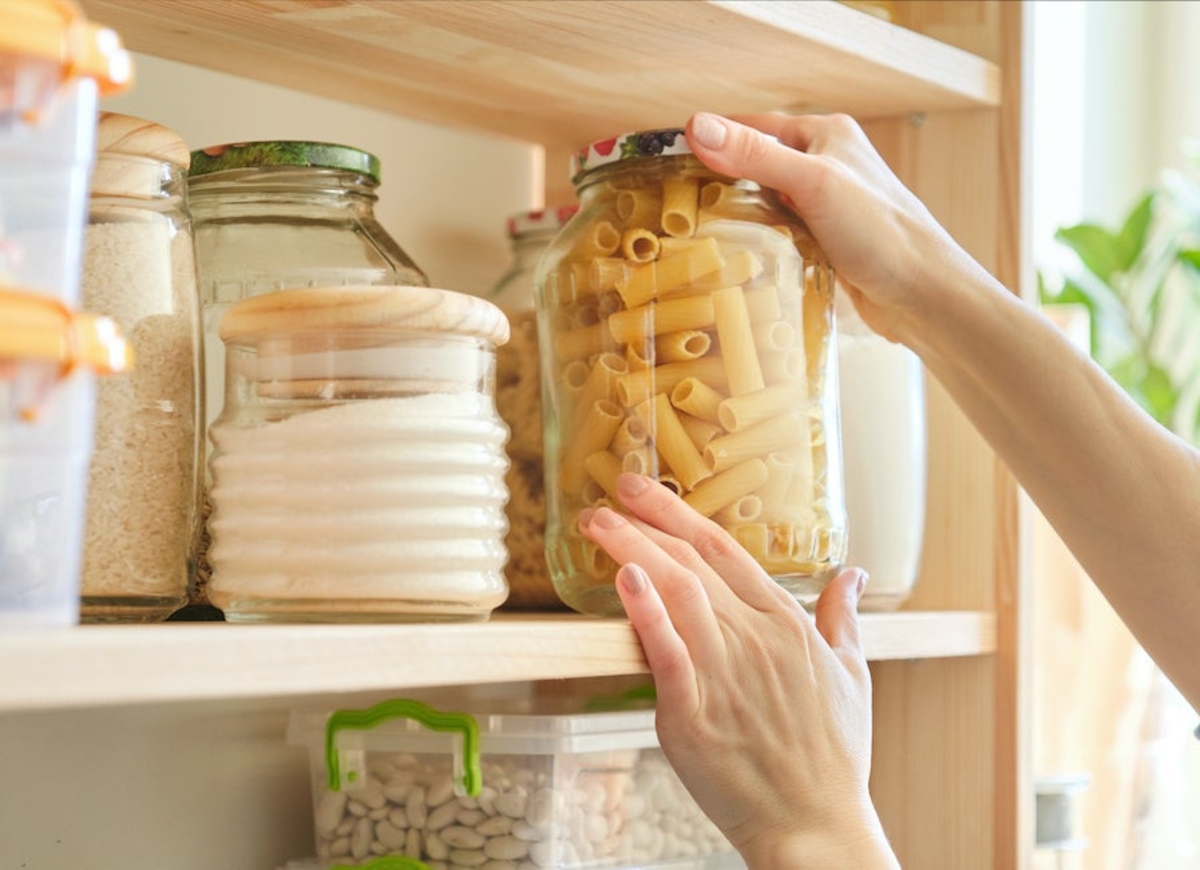
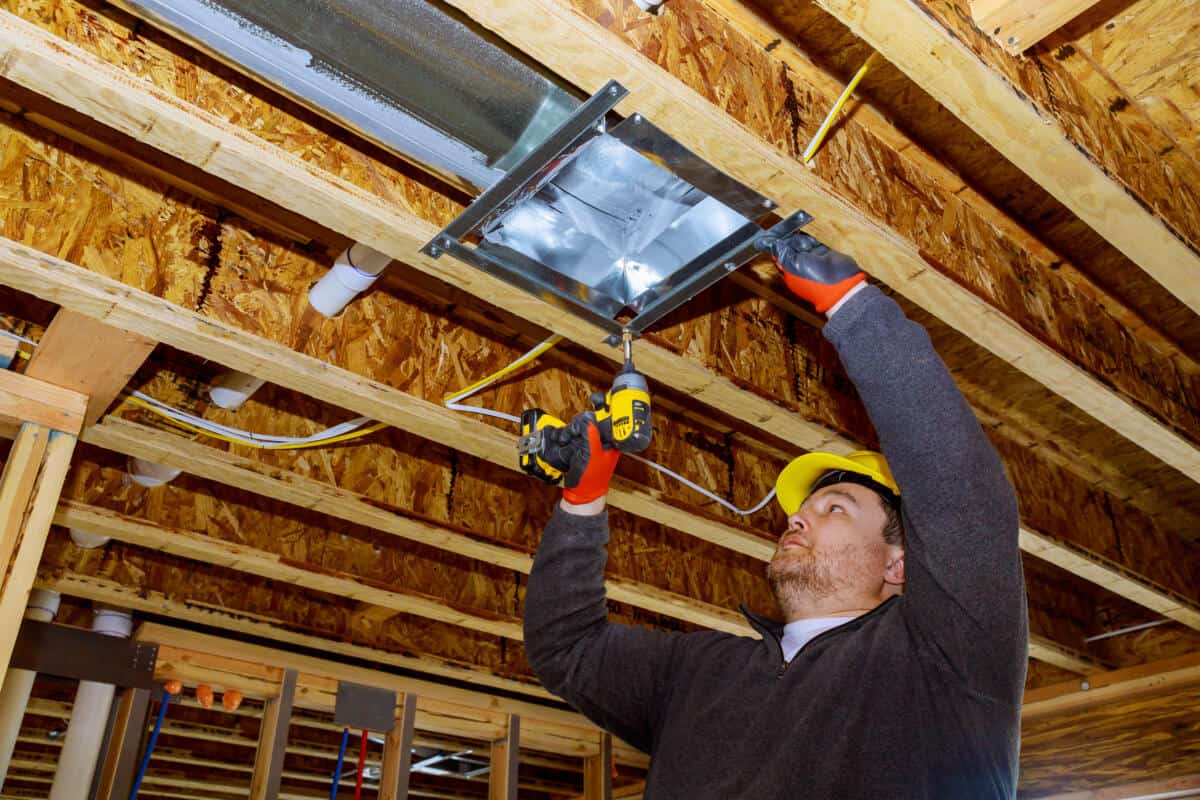

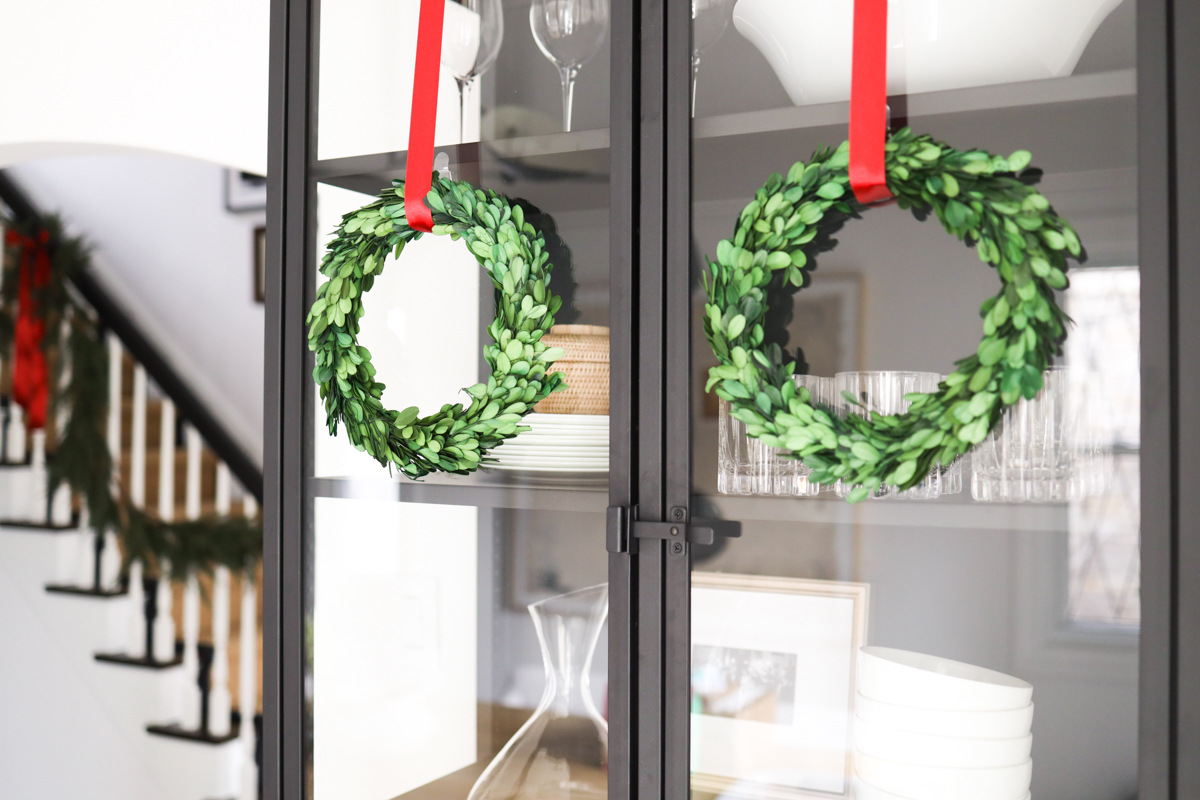
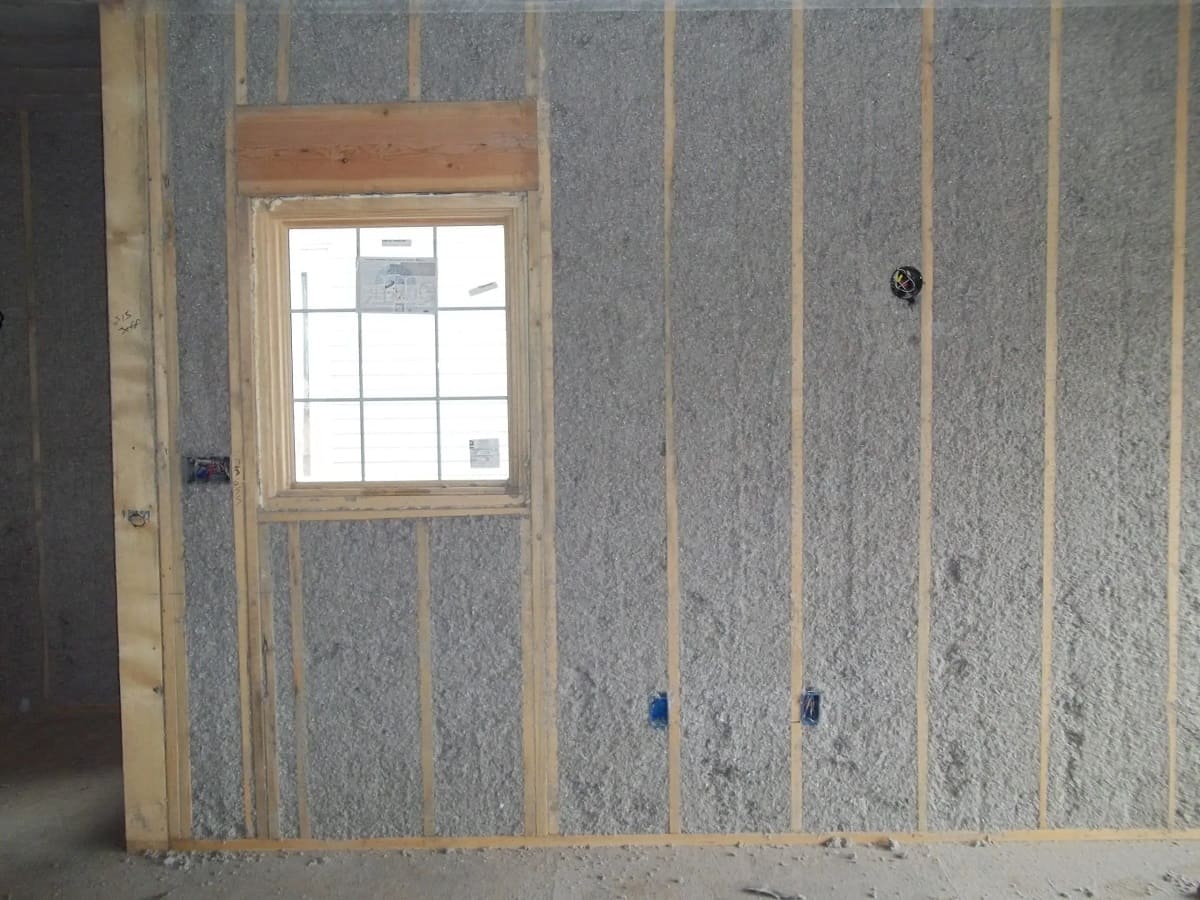

0 thoughts on “How To Store Things In A Damp Basement”